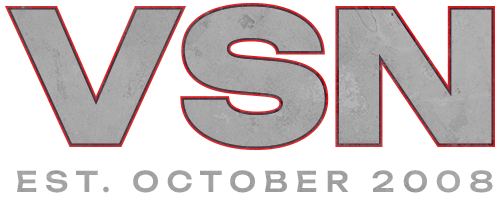Career Synopsis: After playing summer ball in 2008 prior to signing, the Phillies were very cautious with Cosart, and he did not pitch at all in 2008. After dealing with some minor health issues in the spring of 2009, the Phillies held Cosart back in extended spring training and then sent him to the GCL, where he logged just 24.1 IP, but the numbers were fine, as he struck out 25 and walked 7, while allowing only 12 hits and 0 HR. Cosart’s performance ranked him 4th in the GCL Top 20 prospects list according to BA, with them saying this:
Cosart made his pro debut this summer while battling minor shoulder issues. He didn’t have any trouble dominating GCL hitters with a fastball that sat at 93-94 mph and a true 12-to-6 curveball. He has a lean 6-foot-3, 180-pound build and works from a three-quarters arm slot.
He’s still learning to throw a changeup. Other than that, he simply needs more experience and consistency.
Big things were expected heading into 2010, but because he had pitched so little and had dealt with minor injuries, I was cautiously optimistic. The Phillies sent Cosart, who didn’t turn 20 until late May, to Lakewood, having him bypass the New York Penn League. Cosart performed well, pitching 71.1 IP, striking out 77 and walking just 16 while allowing only 3 HR and rolling up a 55% GB rate. Cosart has again dealt with some minor arm issues, and the Phillies are convinced he will be fine, they are just choosing to be cautious with him because of his tender age and lack of innings on his arm. Pitchers are the highest risk for injury between the ages of 17-23, so protecting an arm as special as Cosart’s is understandable.
Scouting Report: Below is an assessment of Cosart’s raw tools, rated on the traditional 20-80 scouting scale. The grades are my estimation based on what I’ve read and those I’ve talked to. The second number is a future projection, the first number is the current assessment
Arm Strength: 70 – Cosart has exceptional raw arm strength, capable of getting into the high 90′s and holding his velocity deep into games.
Fastball: 70/75 – Cosart’s fastball has life on it, as he is capable of generating run on a 93-94 mph fastball, or elevating and throwing even harder in the 96-97 range
Control: 60/65 – Cosart has shown excellent control thus far, walking only 16 in 71 IP in 2010, a rate of 2.02 per 9.
Command: 55/60 – Cosart has shown the ability to locate down in the zone to generate groundballs, and as he refines his mechanics, his command could improve further.
Mechanics: 55 – At draft time, he had a pronounced pause in his delivery which hindered his command. The Phillies have smoothed his delivery a bit and dropped his arm slot slightly to create more movement on his pitches.
Durability: 40/55 – Cosart has had injury issues so far in his short career, but at 6’3/180, he has room to grow and add muscle, and should develop a good pitcher’s frame capable of logging 200 innings per season.
Secondary Pitches: 50/60 – Cosart has shown a promising 12-6 curveball, and with more repetitions it should become an above average to plus pitch. His changeup is raw, but again, with time it should become at least average, giving him 3 quality ML pitches.
Upside: Cosart has true #1 SP upside. Having just turned 20, he has very little pro experience, right around 100 innings, yet he’s already flashed dominant stuff and the results to back it up against older competition. His fastball is elite, one of the best in the minor leagues, and the only red flag in his profile right now is the injury concern. The Phillies got a clean bill of health on him from noted Dr James Andrews, and insist that he will be fine with rest. In many cases, prep prospects deal with arm soreness and pain in their first full season. Its a major adjustment to get used to pitching every 5th day for 5 months, and its better to be safe than sorry.



